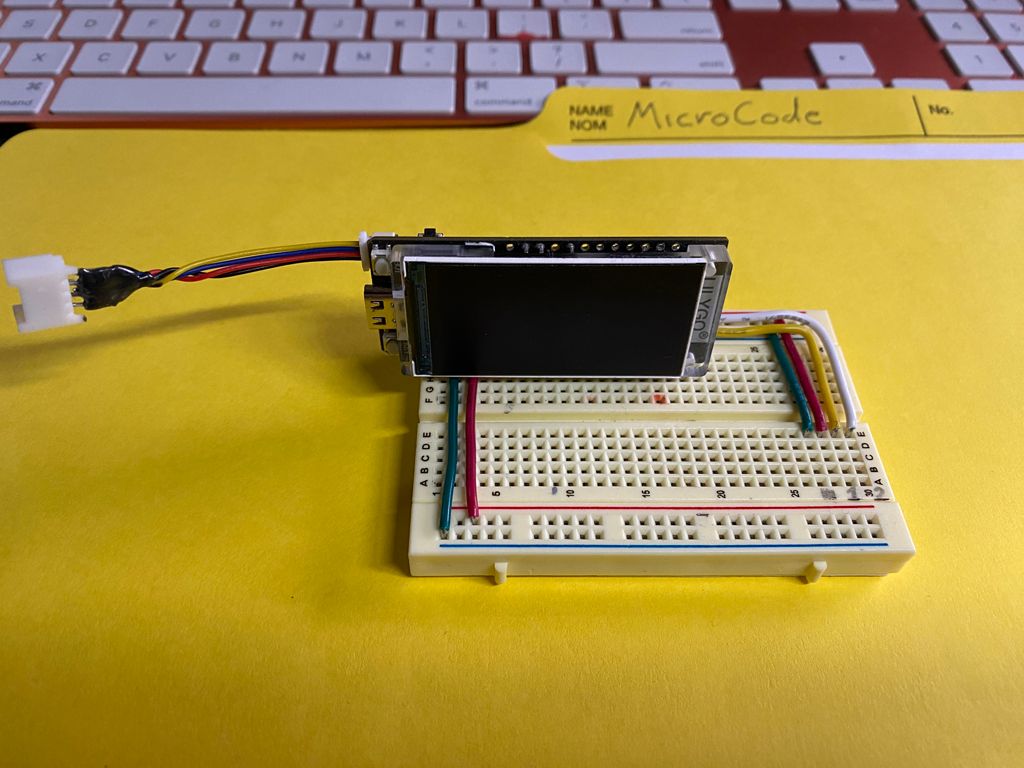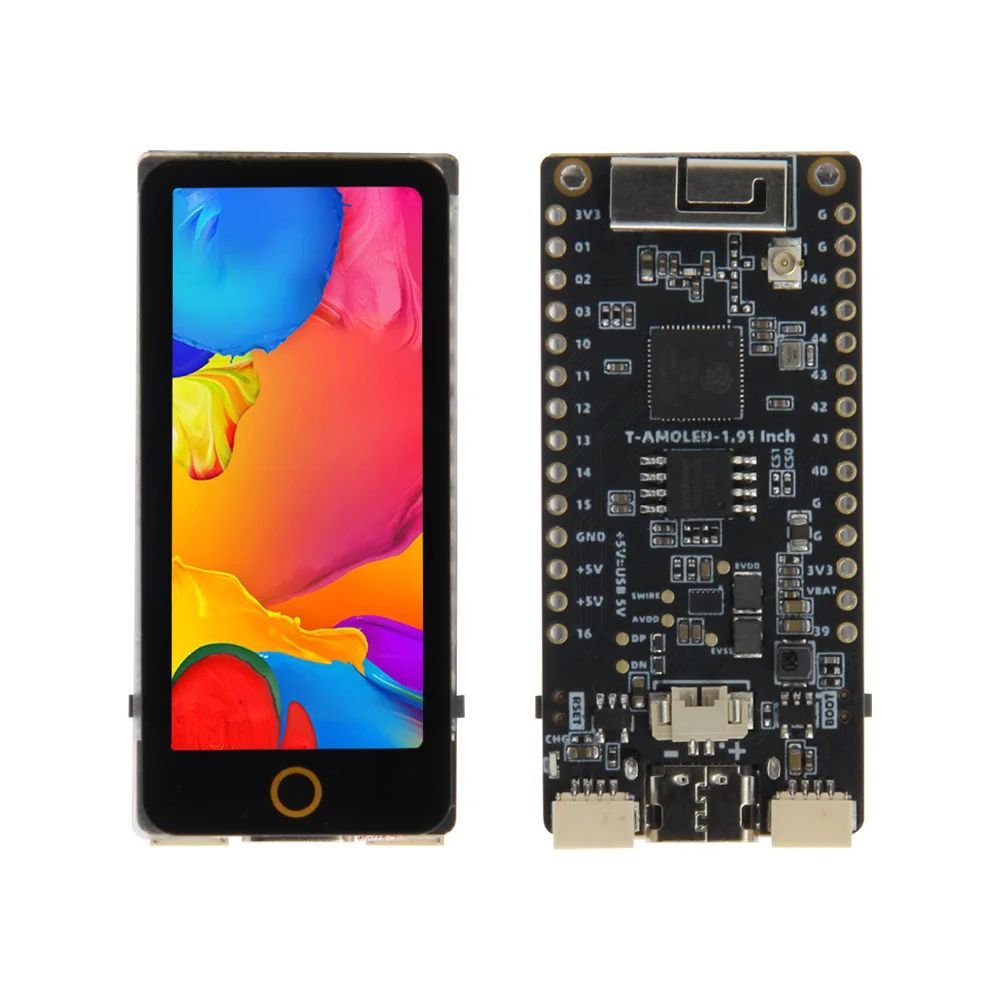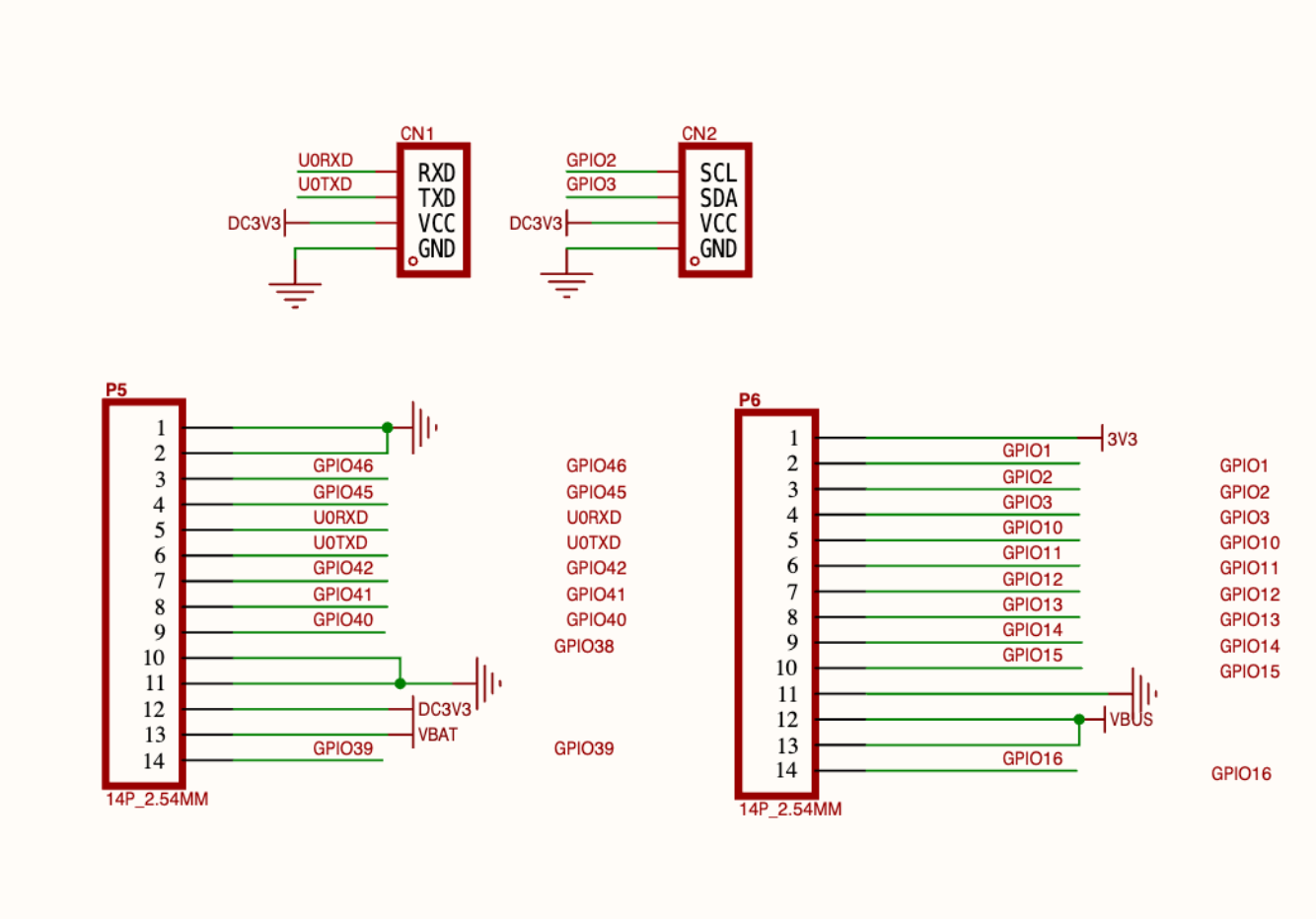S3 Amoled Touch, H681 different board layout
-
Hello, this will be my first post.
I have noticed that the board layout is different for Touch vs non-touch models.
I can only find description of connectors for non-touch models.Does anyone have a description for H681 connectors?
-
@pike2k They have screwed up and made it very confusing. Here is the info for the LilyGO T-Display S3 AMOLED:
https://github.com/Xinyuan-LilyGO/T-Display-S3-AMOLED
and the touch version here:
https://github.com/Xinyuan-LilyGO/LilyGo-AMOLED-Series/blob/master/examples/Touchpad/Touchpad.inoThe side connector that is available?
It is the standard 0.1" DIP/SIP standard from the 70s (!) It is often incorrectly referred to as "Dupont"
You can order them with, or without.
Product Pno. H681 does not come with them soldered, but loose in the box!
They are challenging to solder!
I will post pics in a minute...
-Terry -
@teastain2 These are just LilyGO T-Display S3 but same connectors...



-Terry -
The H681 model is a different board completely. See the extra QWIIC? connector? I find zero documentation on this layout.

-
@pike2k https://github.com/Xinyuan-LilyGO/LilyGo-AMOLED-Series/blob/master/schematic/T-Display-S3-AMOLED-Touch.pdf
second I2C / qwiic connector bonus!

CN1 is labeled as a UART port but can host I2C. -
@teastain2 Thank you for the additional information.
Where do you see that the 2nd connector can also be used for i2c?
And also, which connector is which?
So little information from Lilygo
-
@pike2k It was worse a year ago, I had to make my own LilyGO T-Display S3 (not AMOLED) GitHub repository to help people once I got it figured out.
The one on the left of the schematic image that I sent you is
U0RXD = SCL (GPIO 44) (The 'U' stands for Universal)
U0TXD = SDA (GPIO 43) use Wire.begin(43, 44);The other connector is marked correctly.
It might have been added as an after thought because the ancient but very common Dallas Semiconductor DS18B20 won't run from the GPIO pins 43 or 44.
ESP32 S3 can use almost any pins for almost any function .
But when setting up I2C you have to call Wire.begin(3, 2);
Or whatever pins you want, within reason. (There is a complicated datasheet for the ESP32 S3 and it points out the only no-no's.)
-Terry